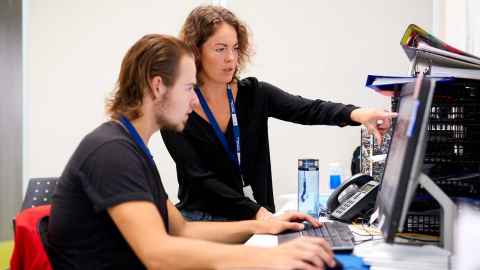Mathematical modelling
We use mathematical and economic modelling to predict how events that occur early in life impact on long-term health, to demonstrate the economic, health and social benefits that would be achieved through interventions at the start of life.

Overview – mathematical modelling
Mathematical models use the language of mathematics to very effectively describe, understand and evaluate systems. They are used in the natural sciences and engineering disciplines (such as physics, biology, earth science, meteorology, and engineering) and in the social sciences (such as economics, psychology, sociology and political science).
The process of developing a mathematical model is termed 'mathematical modelling' and involves four stages:
- formulation
- solution
- interpretation
- underpinning decision support.
Mathematical models can take many forms, including but not limited to, dynamical systems, statistical models, differential equations, or game theoretic models. These and other types of models can overlap, with a given model involving a variety of abstract structures.
The use of high-level mathematical methodology is amazingly successful, and in some cases may be an alternative to costly, sometimes dangerous experiments. Most phenomena can be cast into a mathematical framework at a variety of levels of sophistication and often simple models do better, at least at the beginning.
The term 'systems biology' captures the activity that mathematicians at the Liggins Institute do in relation to growth models, life-history model development, epigenetic models, developmental genetic model and cancer growth.